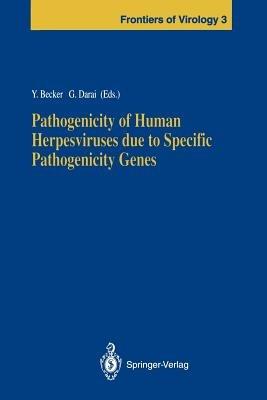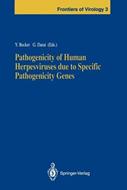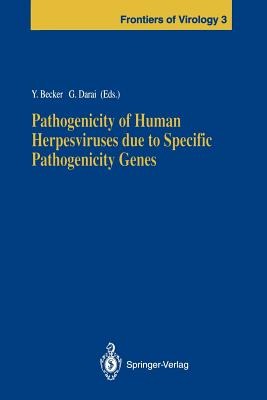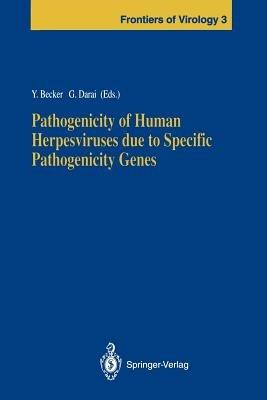Pathogenicity of Human Herpesviruses due to Specific Pathogenicity Genes
Six members of the Herpesviridae family are human pathogens, including herpes and 2 (HSV-I and 2), Epstein-Barr virus (EBV), varicella zoster simplex virus I virus (VZV), human cytomegalovirus (HCMV), and human herpesvirus 6 (HHV 6). Each of these viruses is capable of causing distinct diseases of varying severity in children, young adults, and the aged. The diseases range from infection of epithelial tissue to the infection of internal organs and white blood cells. A common feature of the six pathogenic human herpesviruses is their ability to latently infect different cell types in which the viral DNA is not integrated and is unable to express its pathogenicity. Reactivation of the herpesviruses is a result of cellular processes which reactivate viral genes, leading to virus progeny and to signs of infection. Due to their ability to become latent after initial infection, once the pathogenic herpesviruses infect children they are maintained throughout life, having the potential of cause various diseases upon reactivation.
-
Curatore:
-
Editore:
-
Collana:Frontiers of Virology
-
Anno:2011
-
Rilegatura:Paperback / softback
Le schede prodotto sono aggiornate in conformità al Regolamento UE 988/2023. Laddove ci fossero taluni dati non disponibili per ragioni indipendenti da Feltrinelli, vi informiamo che stiamo compiendo ogni ragionevole sforzo per inserirli. Vi invitiamo a controllare periodicamente il sito www.lafeltrinelli.it per eventuali novità e aggiornamenti.
Per le vendite di prodotti da terze parti, ciascun venditore si assume la piena e diretta responsabilità per la commercializzazione del prodotto e per la sua conformità al Regolamento UE 988/2023, nonché alle normative nazionali ed europee vigenti.
Per informazioni sulla sicurezza dei prodotti, contattare productsafety@feltrinelli.it



